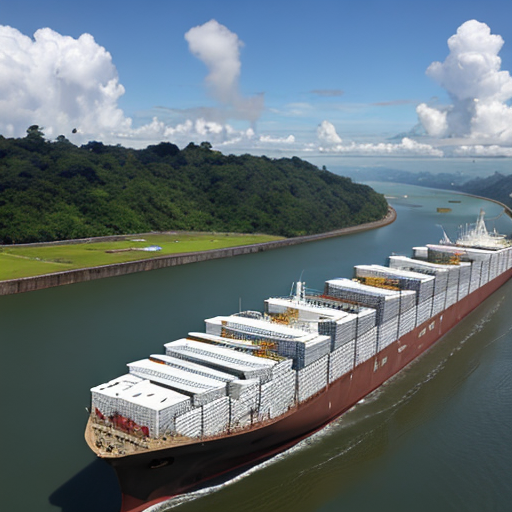06. March 2024
Can the Panama Canal save itself?

Can the Panama Canal save itself?
Unlike the Suez Canal, the Panama Canal is fed by a freshwater lake. The water level is falling critically low. A lack of rain and the El Nino weather phenomenon have contributed to the second driest year in the canal’s 110-year history. Last October was the driest month since records began.
The canal region saw 41% less rainfall than normal. The drought threatens to continue disrupting the $270bn (£213bn) worth of cargo that flows through the Atlantic-Pacific shortcut annually. If the route runs dry, shippers will be forced to find alternatives. The Panama Canal Authority supplies drinking water for half of the country.
The authority has been busy developing a plan to invest $8. 5bn in sustainability projects over the next five years that it hopes can help the vaunted waterway survive. The chief sustainability officer, Ilya Espino de Marotta, says they are working on finding solutions. The Panama Canal works by transiting boats through a series of above-sea-level locks fed by Lake Gatún and the smaller Lake Alajuela.
Each ship that passes through the locks uses around 50 million gallons of water. New locks built in 2016 - the larger Neo-Panamax locks - save 60% of that water. The lack of rain has increased the salinity of the lakes and rivers. The plan would increase vessel traffic by 12 to 15 a day.
The project doesn’t have congressional approval yet, and construction will take several years to complete. A solution needs to be found lest global trade, which has become more unstable this year, gets even more so. Shipments of two million tons of goods from textiles to food have been delayed. Some ships carrying cargo from Asia were rerouted through the Suez Canal, before the current Red Sea crisis.
With that option less secure, there’s been an increase in demand for rail and road transport across Panama. If rains arrive in May as expected, the canal plans to increase the number of ships that can pass through its locks, but that is only a short term solution. Changing rainfall patterns, serve as a reminder of the major impact climate change could have on global trade and on the long term future of Panama Canal.